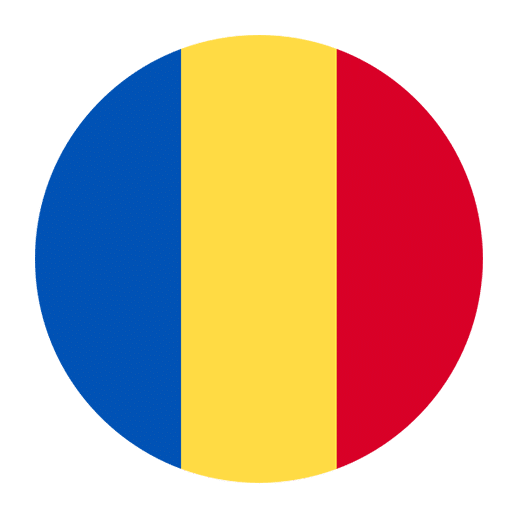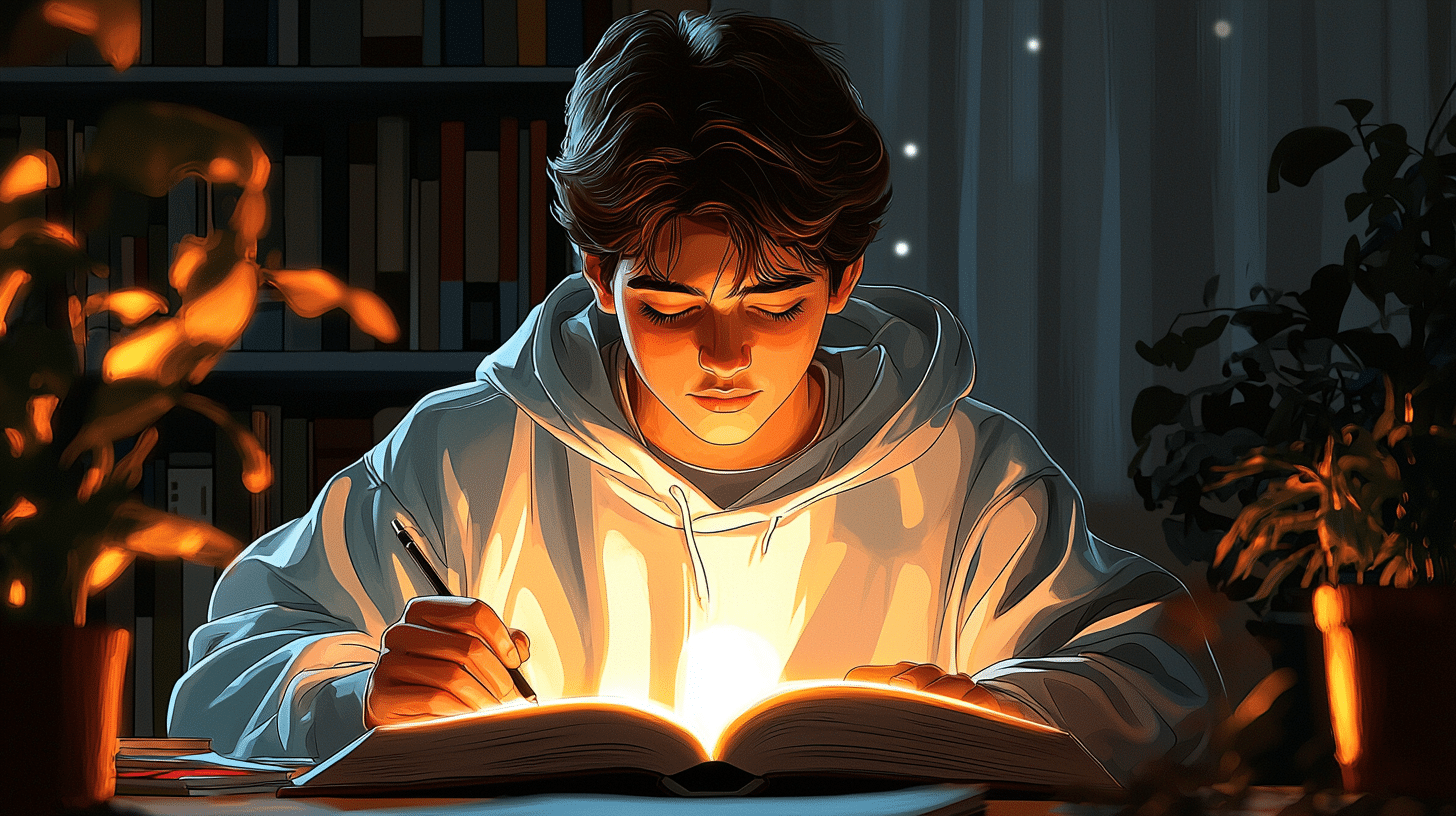Romania, a country nestled at the crossroads of Central, Eastern, and Southeastern Europe, is a land rich in history, culture, and tradition. One of the most captivating aspects of Romanian heritage is its folklore, a vibrant tapestry of myths, legends, and customs passed down through generations. This folklore not only provides a window into the Romanian soul but also exerts a profound influence on the Romanian language. For language learners, understanding these cultural nuances can offer deeper insights into the language and enhance their learning experience.
The Roots of Romanian Folklore
Romanian folklore has its roots in a blend of Dacian, Roman, Slavic, and other cultural influences. The Dacians, the indigenous people of Romania, left behind a rich legacy of myths and legends. The Roman conquest in 106 AD brought Latin influences, which later mingled with the traditions of various migratory peoples, including the Slavs, Hungarians, and Ottoman Turks. This melting pot of cultures created a unique folklore that is distinctly Romanian.
Mythical Creatures and Their Linguistic Impact
Romanian folklore is populated by a myriad of mythical creatures, each with its own stories and significance. These creatures often find their way into everyday language, enriching it with metaphors and idioms.
Strigoi: The strigoi are undead spirits or vampires, akin to the more widely known Dracula, who is also rooted in Romanian lore. The word “strigoi” is derived from the Latin “striga,” meaning witch. In Romanian, the term “a striga” (to scream or shout) is related, reflecting the eerie cries associated with these beings. Expressions like “s-a făcut strigoi” (he/she became a strigoi) are used metaphorically to describe someone who has drastically changed or become unrecognizable.
Zmeu: The zmeu is a dragon-like creature often depicted as a powerful and malevolent force. The term “zmeu” is used in modern Romanian to describe someone who is overly boastful or arrogant. Phrases like “se dă mare zmeu” (he/she acts like a big zmeu) illustrate this metaphorical usage.
Iele: Iele are enchanting female spirits associated with nature, often linked to fairies or nymphs. They are known for their beauty and their ability to lure men into the forest. The word “iele” is used in various idioms and expressions, such as “a dansa ca ielele” (to dance like the iele), meaning to dance wildly or passionately.
Folklore in Romanian Literature and Language
Romanian folklore has also found its way into the nation’s literature, further embedding itself into the language. Classic works by authors such as Mihai Eminescu, Ion Creangă, and Vasile Alecsandri are replete with references to folklore, myths, and legends.
Mihai Eminescu: Often regarded as Romania’s national poet, Eminescu drew heavily from folklore in his poetry. His masterpiece “Luceafărul” (The Morning Star) is a prime example, weaving together themes of love, immortality, and myth. The language he uses is rich with archaic terms and folklore references, making it a treasure trove for language learners seeking to understand the depth of Romanian.
Ion Creangă: Creangă’s stories, particularly “Amintiri din copilărie” (Memories of My Childhood), are steeped in the folklore of rural Romania. His use of dialect and colloquial language provides a fascinating glimpse into the everyday speech of his time, much of which is influenced by folklore.
Vasile Alecsandri: Alecsandri’s collections of Romanian folk poetry and ballads, such as “Miorița,” are seminal works that preserve and celebrate the oral traditions of Romania. These works offer language learners a rich source of vocabulary and expressions rooted in folklore.
Folklore and Romanian Proverbs
Proverbs are an integral part of any language, encapsulating the wisdom and values of a culture. Romanian proverbs are no exception, and many of them have their origins in folklore. These proverbs not only enrich the language but also provide insights into the Romanian way of thinking.
“Nu aduce anul ce aduce ceasul”: This proverb translates to “The year does not bring what the hour brings,” highlighting the unpredictability of life. Its origins can be traced back to folklore, where sudden and unexpected events often play a crucial role in the narrative.
“Cine se scoală de dimineață, departe ajunge”: Meaning “He who wakes up early reaches far,” this proverb emphasizes the value of hard work and diligence. It is reminiscent of folklore tales where heroes often embark on their journeys at the break of dawn, symbolizing a fresh start and determination.
“Lupul își schimbă părul, dar năravul ba”: This translates to “The wolf changes its fur, but not its nature,” suggesting that fundamental traits remain unchanged despite external appearances. The wolf, a common figure in Romanian folklore, symbolizes cunning and persistence.
Folklore in Modern Romanian Language
The influence of folklore is not confined to historical texts or rural areas; it permeates modern Romanian language and culture as well. Contemporary Romanian, both spoken and written, continues to draw from this rich folkloric heritage.
Music and Folklore: Romanian folk music, with its haunting melodies and evocative lyrics, often draws from folklore. Traditional songs known as “doine” are lyrical and melancholic, reflecting themes of love, loss, and nature. Understanding these songs and their lyrics can provide language learners with a deeper appreciation of Romanian phonetics and emotional expression.
Media and Folklore: Romanian films, television shows, and even advertisements frequently reference folklore. From historical dramas to modern comedies, the use of folkloric elements adds depth and cultural context. For language learners, watching these media can be an enjoyable way to see how folklore continues to influence contemporary Romanian.
Everyday Language: Many Romanian idioms and expressions used in daily conversation have their roots in folklore. Phrases like “a umbla cu cioara vopsită” (to walk with a painted crow) meaning to deceive, or “a căuta acul în carul cu fân” (to look for a needle in a haystack) meaning to search for something very difficult to find, are just a few examples. These expressions add color and nuance to the language, making it more vibrant and expressive.
Learning Romanian Through Folklore
For language learners, exploring Romanian folklore can be a rewarding and enriching experience. Here are some practical tips on how to integrate folklore into your language learning journey.
Read Folktales and Legends
Immerse yourself in Romanian folktales and legends. Books, online resources, and even translations can provide a wealth of material. Pay attention to the vocabulary, idioms, and expressions used. This will not only improve your language skills but also give you a deeper understanding of Romanian culture.
Listen to Folk Music
Listening to Romanian folk music can help you get accustomed to the sound and rhythm of the language. Try to understand the lyrics and their meanings. Singing along can also improve your pronunciation and intonation.
Watch Folklore-Inspired Media
Watch Romanian movies, TV shows, and documentaries that draw from folklore. This will expose you to colloquial language and cultural references, enhancing your comprehension and cultural awareness.
Engage with Native Speakers
Engage with native speakers and ask them about their favorite folktales, proverbs, and expressions. This can lead to interesting conversations and provide you with authentic language practice.
Join Cultural Events
Participate in cultural events, festivals, and workshops that celebrate Romanian folklore. These events often feature traditional music, dance, and storytelling, offering a rich, immersive experience.
Conclusion
Romanian folklore is a treasure trove of cultural and linguistic wealth. Its influence on the Romanian language is profound and far-reaching, shaping not only the vocabulary and expressions but also the way Romanians perceive the world. For language learners, delving into this folklore can provide a deeper, more nuanced understanding of the language and its cultural context. By exploring myths, legends, proverbs, and traditional music, learners can enrich their language skills and connect more deeply with Romanian heritage. So, embark on this folkloric journey and discover the enchanting world that lies within the Romanian language.

